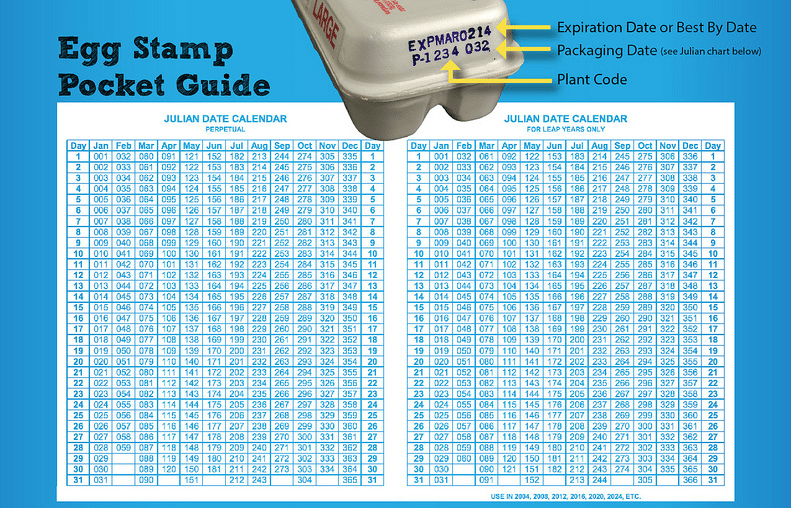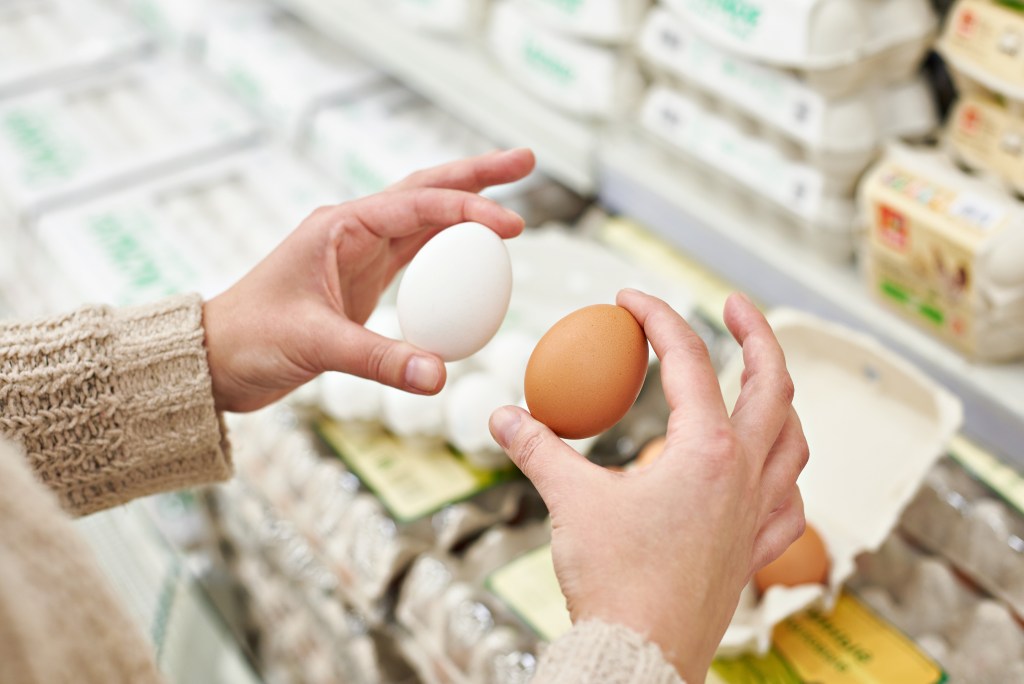Egg Detective might sound like a new cooking show, but it's also what you probably feel like every time you go to the grocery store and pick up a carton of eggs. Look at that stamp on the end - do you have any idea what it means? What about all the different terms on the carton?
Videos by Wide Open Country
We did the detective work for you; here's everything you need to know to crack the egg carton code.
Freshness

That string of egg carton numbers has a particular meaning. The United States Department of Agriculture requires that every carton of USDA graded eggs sold in stores must show the packing date when the eggs were packaged as well as the processing plant number. The carton may also include a sell by date or an expiration date, which is written out as the month and day.
The pack date is shown as a Julian date, which is a three-digit code representing the consecutive days of the year starting with January 1 as 001 and ending with December 31 as 365. (Keeping in mind, of course, that leap years will go to 366).

Generally speaking, fresh eggs are good for four to five weeks after the packaging date. Even if your carton has an expiration date on it, there's a trick to testing how fresh your egg is. Fill a container with cold water - it doesn't have to be something big, just enough to give the egg some room.
Carefully put your egg in the water. If it lays on the bottom of the container, it's good. If it stands up on one end, it's good, but an older egg. Use it for baking or something where the egg isn't the star of the show.
As a general rule, if the egg floats, it's probably not good any longer. You can double check egg safety by cracking the egg into a bowl - if it looks or smells bad, it's definitely not an egg you should use (which goes for any egg you crack open, water test or no).
Quality and Type
There are also other mysterious terms on the outside of your eggs. Many egg producers have their eggs "graded" by the USDA, which is the "Grade AA" (freshest eggs, highest quality), "Grade A" (very high quality), or "Grade B" (to be used for liquid eggs or for baking) you see on the carton. Quality is generally judged on the shells and egg yolks - the USDA is looking for stain-free shells and defect-free yolks.
Egg packers who do not use the USDA grading service use those terms, but they may not use the USDA Grade Shield.
And then there are the descriptive terms: free-range, cage free, organic feed. Here's a quick breakdown of what those things really mean:
- Organic - Cage-free or free-range hens raised on organic feed and with access to the outdoors. Certified, but some reports have found that some large-scale producers don't always follow the rules completely.
- Cage free - Hens have access to open areas, though it doesn't mean they have access to the outside or that they don't live in crowded conditions.
- Free range - Hens have access to the outdoors. It doesn't mean they roam around outside all the time.
- Pasture-raised - Not regulated by the USDA, but generally means that the hens roam and find food in a pasture.
Some cartons also note that their hens are hormone-free; however, no laying hens are given hormones. The label you may want to look for is "no added antibiotics" which mean that the hens are not given antibiotics in their food or water.
Color and Size

The breed of hen determines whether your eggs are brown or white. Studies have shown that there is no nutritional difference.
Egg size is determined by the weight of whole eggs per a dozen. Most recipes call for large eggs, but the size has no bearing on quality or taste. Did our egg-buying guide answer your questions? If not, drop us a comment below!





